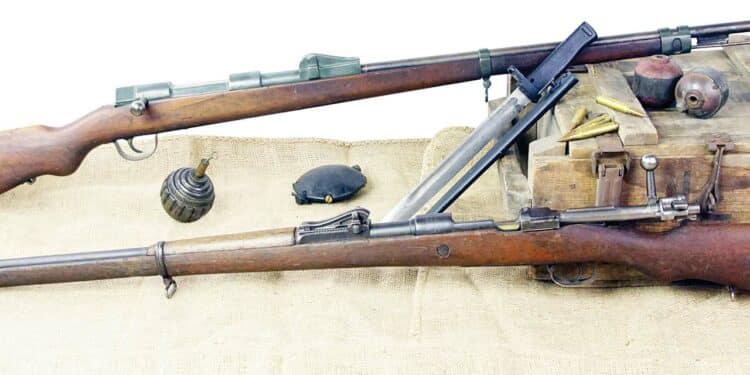Story & Photography by Michael Heidler
In many phases of military training, the recruits have no need for fully functional service rifles. The standard service rifles are too valuable to be used for marching, parade drill, obstacle course or even the first “dry run” lessons in handling rifles on the shooting range. Dummy rifles are absolutely sufficient for this kind of use. In German, these rifles are called “Exerziergewehr” (“drill rifles”). Optimally, they have the same appearance, size and weight as the bolt-action service rifle model. And in most cases, the trigger is the only moveable part because it is needed for simulating the trigger pull characteristics to give the trainees a better feeling for their weapon.

At the beginning of World War I, the German Army had used obsolete and captured weapons for training purposes. To improve the training, in spring 1915, the arms depot in Ingolstadt was advised to temporarily provide 10,000 model 98 rifles that were in need of repair.
These rifles were intended for use as training rifles and had to be marked with a white color ring painted between the front and lower barrel band. Finally, in January 1916, a completely newly designed drill rifle was introduced as the “Exerziergewehr 98 (Nachbildung)” (“Drill Rifle 98” (“Mockup”)). After its introduction, it was named “Exerziergewehr 16” (relating to the year of introduction).
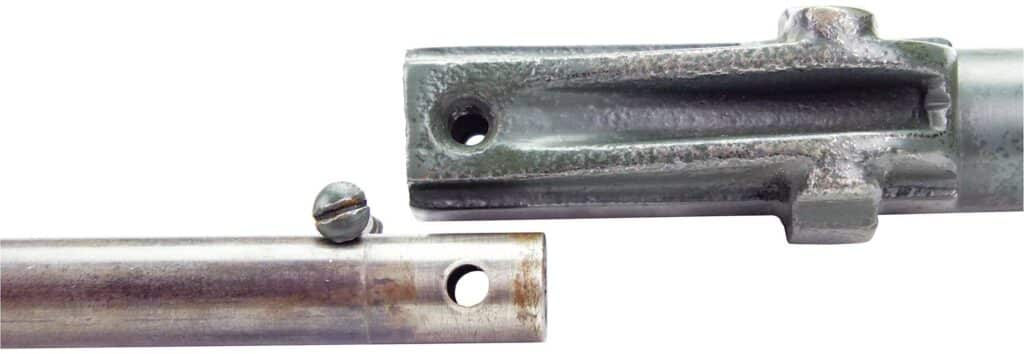
In a related note to its use, it was written: “The drill rifle is to be used on every drill ground and during marching exercises, when carrying a weapon is necessary, but no live or blank firing is done. This way the service rifles in the hands of the troops are saved and will keep their good shooting performance.”
The drill rifle has the shape of the standard Gewehr 98 and approximately the same weight and trigger pull characteristics. The sling is fixed in the same way so that the rifle can be carried and handled like the Gewehr 98. Because of the moveable trigger with trigger pull, the drill rifle can be used for aiming drill.
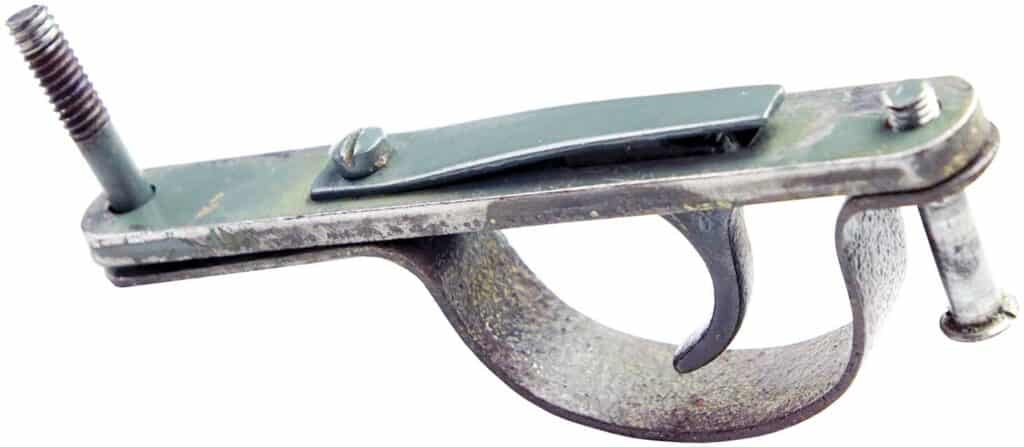
The standard service bayonets could be put on the bayonet lug, but it was strictly forbidden to use the rifle for bayonet fighting. The design was not sturdy enough and could get damaged. The barrel is just an iron tube without rifling.
The receiver and the rear sight are made of one casting with only a rough and low detailed outline. The barrel is inserted into the receiver and fixed with a screw that reaches through the front part of the sight and the rear of the barrel. The fixed rear sight is not adjustable, but it shows a V-notch for simple aiming purpose.
Because the Exerziergewehr receiver was made of one solid cast iron, the weight and the center of gravity are approximately the same as the Gewehr 98. The cocking handle is screwed in a fixed position into the right side of the receiver. Normally, all metal parts are lacquered with field grey color, but sometimes a black color was used for the barrel.
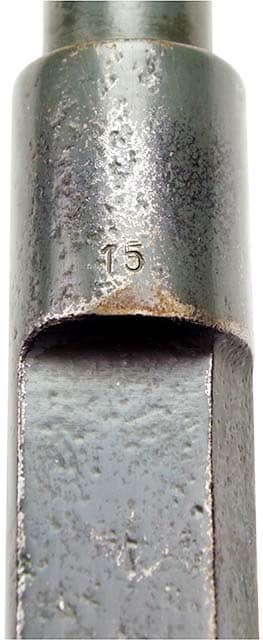
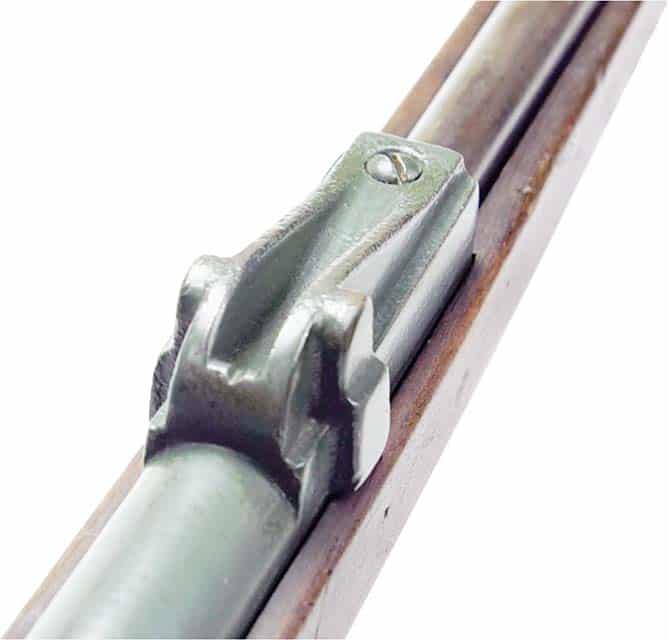
purposes.
The beechwood stock is similar to the one of the Gewehr 98. The cleaning rod is a dummy (short metal stick with thread) and screwed directly into the wood at the front end of the stock. It can be used to put the rifles together to form a pyramid.
Altogether, 100,000 of these Exerziergewehr 98s were ordered by the Prussian War Ministry. This included the numbers of drill rifles that were distributed to the non-Prussian parties. For example, Saxonia got 8,000 and Bavaria got 12,000 drill rifles.
Most of these drill rifles were manufactured by the Union Waffen und Munitionswerke (the former arms company Waffenwerk Kirchner) in Zella St. Blasii (Thuringia, Germany). The smaller part of the order was placed at the company Jakob Kaufmann in Bayreuth (Bavaria), from where 28,230 rifles were delivered to Bavaria and Saxonia.

Unfortunately, the rifles came too late— at this stage of the war there was no longer enough time for a thorough training of the recruits. Now the main focus of the drill was on live shooting. Marching drills were no longer so important. A report from the I. Bavarian Army Corps tells that the drill rifles only saw limited use: The Corps complains about the roughly made sights and a trigger pull characteristic that is very different to the Gewehr 98. The metal parts were carelessly treated. Their sharp edges often caused injuries to the fingers and damage to the clothing.
In summer 1916 the ongoing production of drill rifles was cancelled. And in November 1916 the distribution of new drill rifles to training units was halted by the Prussian War Ministry. A year later, all drill rifles in the hands of the training units had to be returned to the artillery depots. The intention was to use them for a pre-military training of the German youth, but it is doubtful if this plan was finally implemented.
It is not known how many drill rifles “Exerziergewehr 16” have left the factories. Today, it is a rare and interesting piece for collectors— even if one can’t use it for shooting.
| This article first appeared in Small Arms Review V23N8 (Oct 2019) |



